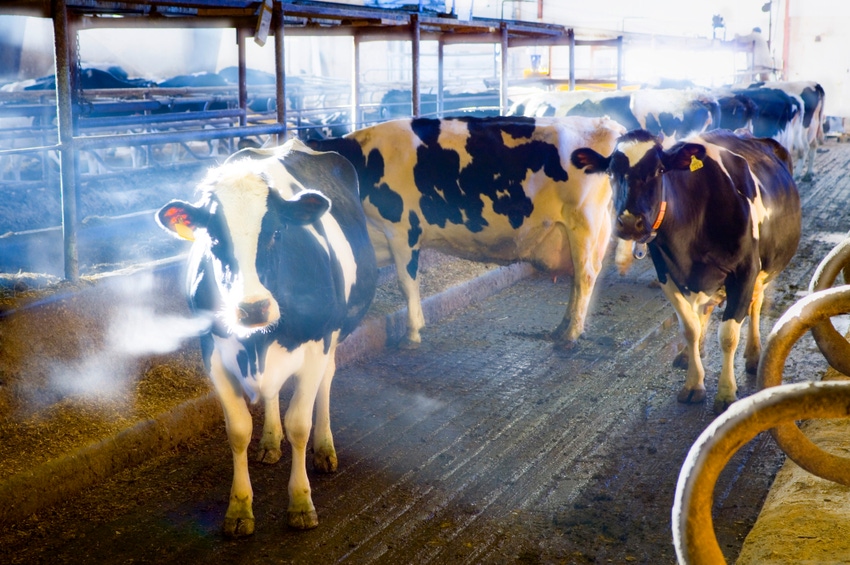Further research recommended into vitamin A associations with mastitis and uterine disease in dairy cattle.

While vitamin A is well established as an essential nutrient that's crucial for several functions, such as hematopoiesis, epithelial integrity and embryogenesis, little is known about its role in immune outcomes in dairy cows, according to a research summary Dr. Jaime Strickland of Michigan State University presented at the American Association of Bovine Practitioners annual meeting this week in St. Louis, Mo.
Strickland explained that dairy cows experience decreases in serum vitamin A concentrations at calving, when cows are also at the highest risk for disease.
She said her study was meant to investigate the associations between vitamin A and known disease biomarkers for fresh cow diseases -- such as milk fever, mastitis, metritis and retained placenta, among others -- as well as the incidence of disease.
According to Strickland, vitamin A was significantly inversely related to both non-esterified fatty acids and beta-hydroxybuterate in dairy cattle, and vitamin A concentrations were higher among cows in their second parity. Cows in their third or higher parity were the most likely to have decreased serum vitamin A levels, she reported, although serum vitamin A levels do not decrease in all cows after calving.
She reported that vitamin A had a significant association with the occurrence of mastitis, and the protective effect of vitamin A against mastitis risk increased with parity. Also, increased serum vitamin A was associated with uterine diseases, she added.
Strickland concluded that despite feeding dairy cattle National Research Council-recommended vitamin A concentrations, more than half of the cows studied were deficient in serum vitamin A during the fresh period. She said further research is needed to investigate the relationship between vitamin A and mastitis, uterine disease and negative energy balance as well as to investigate how best to supplement dairy cows with vitamin A during the dry and fresh periods.
About the Author(s)
You May Also Like

.png?width=300&auto=webp&quality=80&disable=upscale)

